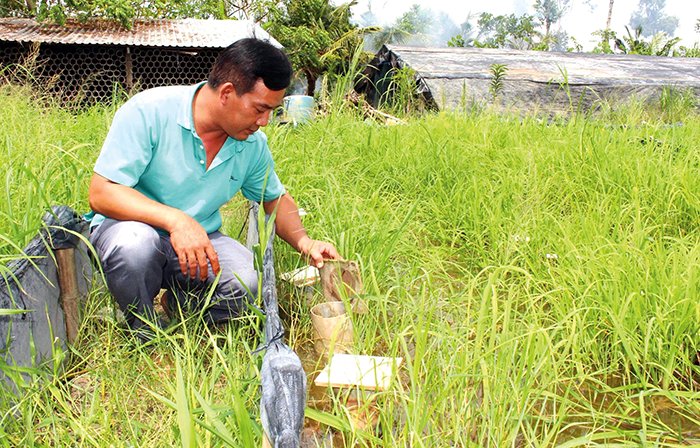
Mr. Giang raises eels to both provide breeding stock for his family and supply the market.
From acid sulfate soils to circular economic models
More than 10 years ago, the land where Mr. Giang lived was still heavily contaminated with alum. People around here were only familiar with sugarcane and pineapple (plants that can tolerate alum). Mr. Giang also followed that approach, then he converted his family's land to grow rice, but the economic efficiency was not high.
Not giving up, Mr. Giang switched to raising cows. He initially started with only two cows, one of which was supported by his wife's family and the other he bought himself. He used natural grass and straw as food and proactively learned care techniques to help the cows grow well.
During the process of raising, Mr. Giang realized that the amount of cow manure discharged was very large, so he looked for ways to make use of it. After a period of research, he started raising earthworms with cow manure, then used earthworm manure to grow grass, creating a source of green food for the herd of cows. From waste that was thought to be discarded, he obtained earthworms, which are both a natural source of protein for livestock and create high-quality organic fertilizer. When the amount of worms was large, he came up with the idea of raising eels.
In 2017, Mr. Giang experimented with raising 1,000 eels in a tank. The first batch was successful, earning him about 16 million VND in profit. Thanks to the obvious results, he expanded to 2 tanks with a capacity of 8,000 eels, earning more than 100 million VND in profit when selling. Realizing the increasing demand for eels, he invested in a broodstock eel farm to proactively source offspring for his family and sell to the market.
Earthworms have become an important "link" in Giang's closed model. On average, 1m2 of earthworms produces about 2kg of earthworm meat per harvest (each farming period lasts 50-60 days). With 200m2 of earthworm farming, Giang also harvests 30-40 tons of earthworm manure per year. Every year, Giang earns hundreds of millions of dong from selling earthworm meat and earthworm manure. Giang said: "Earthworms are a food source for eels at all stages, but due to their high protein content, only a portion is used, combined with pellets to balance nutrition."
Every year, Giang’s family supplies hundreds of thousands of eel fry to the market. Stable output helps the model develop sustainably, motivating him to continue expanding the scale, increasing the number of eel broodstock tanks from 14 at present to 22 in the near future.
On an area of 1 hectare, in addition to the residential land, Mr. Giang built a circular economic model including a cow barn, a vermicomposting area, an eel breeding area, a nursery house and a mud-free eel pond. The remaining land is planted with grass, and fish and black apple snails are raised in the ditches, creating a closed multi-layered ecosystem.
The cowshed - the "starting point" of the cycle, at one point he raised up to 30 cows, including many imported crossbred cows, both for breeding and for lean beef. Mr. Giang shared: "I sell the breeding calves to people for 5-6 million VND/cow, and the bulls are raised for meat, so I also have a good source of income."
Mr. Giang said that cow manure is transferred to the vermicomposting area, the remaining part is used as fertilizer for grass. Cow urine and barn cleaning water are led to the biogas tank to create gas for daily use. Thanks to that, the farm is always clean, saving costs and being environmentally friendly.
Economical and environmentally friendly
Every year, in addition to the profits from raising cows, Mr. Giang also has a sustainable income from models such as raising eels, earthworms, utilizing vermicompost, and releasing fish and snails in ditches. The total annual revenue reaches 300-500 million VND, helping his family have a prosperous and increasingly prosperous life.
In fact, the circular economic model built by Mr. Giang not only helps to reduce costs, but also improves economic efficiency. More importantly, this model also contributes to creating a green and clean environment, without bad odors, without agricultural waste, and is environmentally friendly. Mr. Giang shared: "Cows eat grass, cow manure is used to feed worms, worms are used to feed eels, and wastewater is used to feed the biogas tank as fuel. Everything is linked together, both economical and effective."
Currently, Mr. Giang's model is being learned by many people because it is suitable for local farming conditions, helping farmers to be proactive in the face of climate change and market fluctuations. Mr. Giang shared: "Farming now cannot be done in the old way anymore, we must learn new ways, clean and safe production to be able to develop sustainably."
Article and photos: CAM LINH
Source: https://baocantho.com.vn/hieu-qua-mo-hinh-kinh-te-tuan-hoan-khong-chat-thai-a192533.html


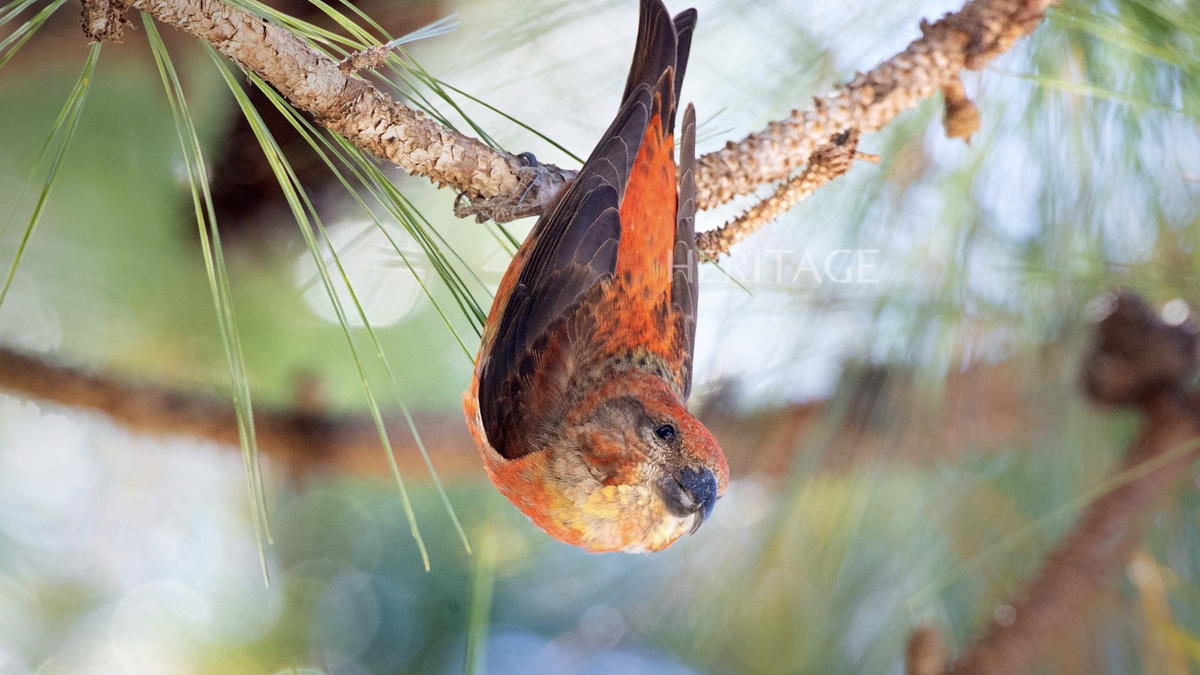
![[Photo] Award Ceremony of the Political Contest on Protecting the Party's Ideological Foundation](https://vphoto.vietnam.vn/thumb/1200x675/vietnam/resource/IMAGE/2025/10/22/1761151665557_giaia-jpg.webp)
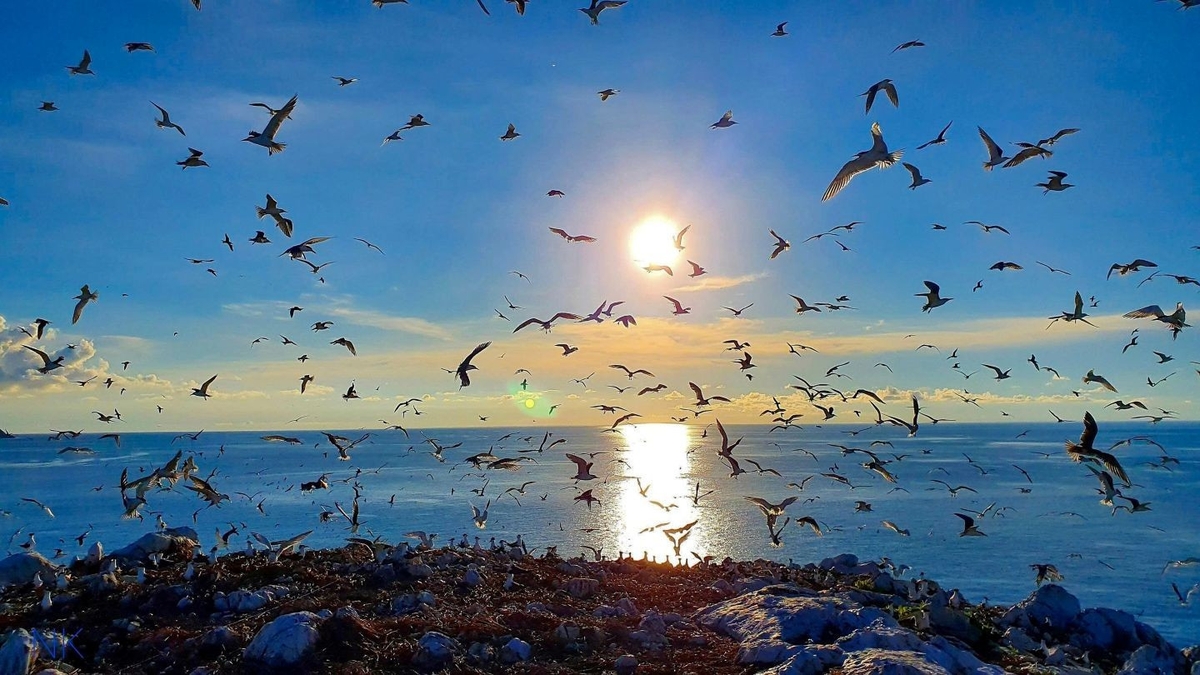

![[Photo] Da Nang: Shock forces protect people's lives and property from natural disasters](https://vphoto.vietnam.vn/thumb/1200x675/vietnam/resource/IMAGE/2025/10/22/1761145662726_ndo_tr_z7144555003331-7912dd3d47479764c3df11043a705f22-3095-jpg.webp)
![[Photo] Prime Minister Pham Minh Chinh chairs meeting on nuclear power plant construction](https://vphoto.vietnam.vn/thumb/1200x675/vietnam/resource/IMAGE/2025/10/22/1761137852450_dsc-9299-jpg.webp)
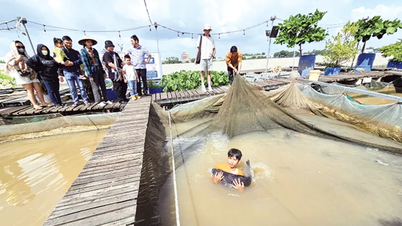


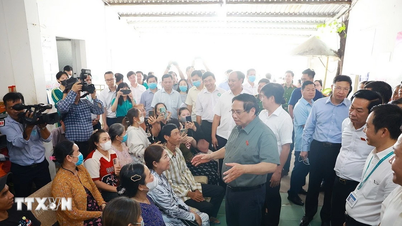
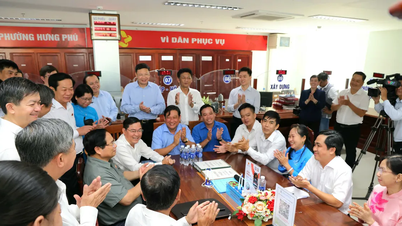

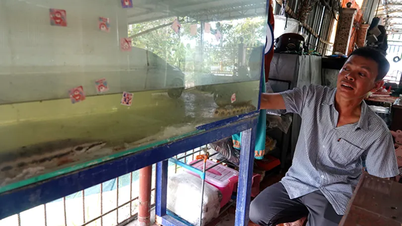
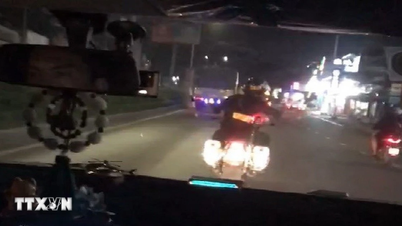
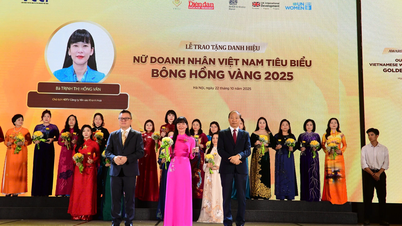







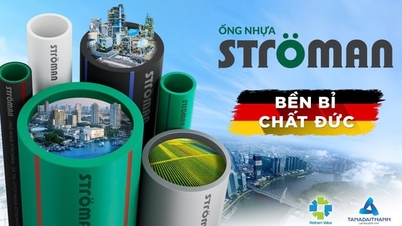
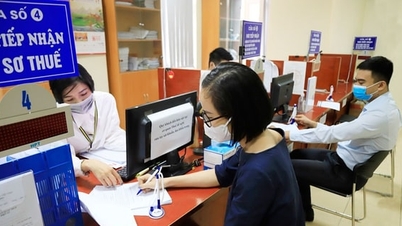




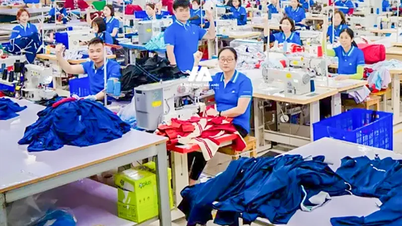
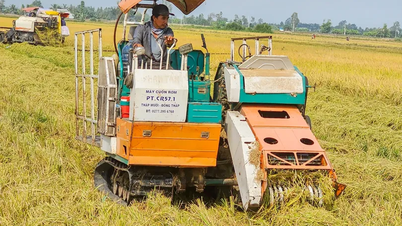
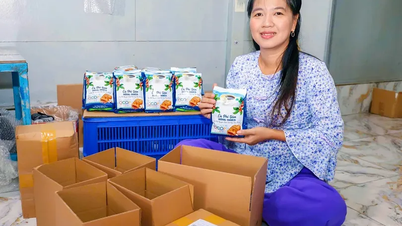
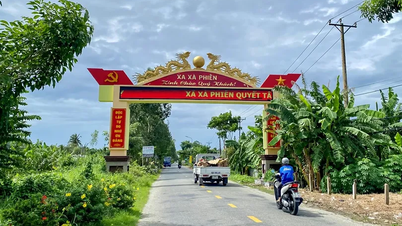
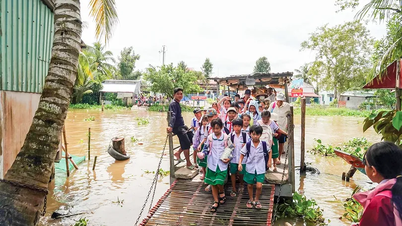
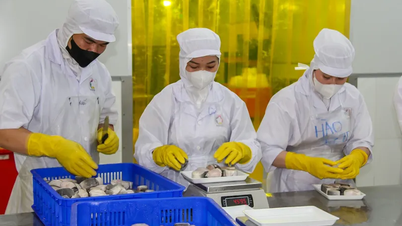








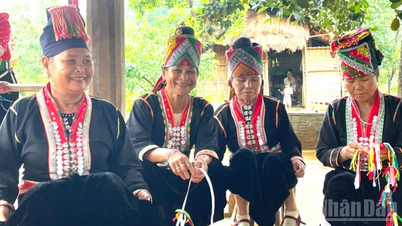



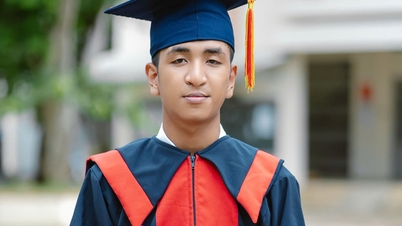

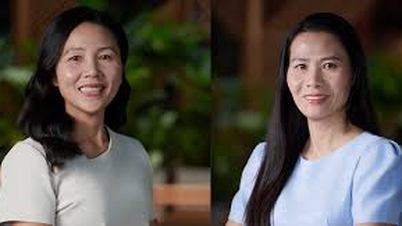



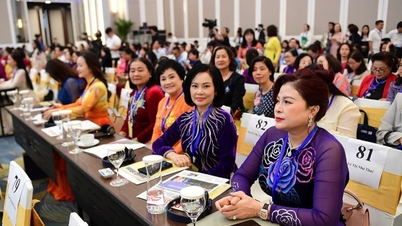



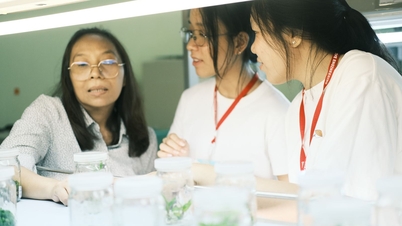

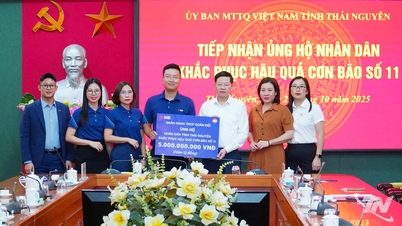

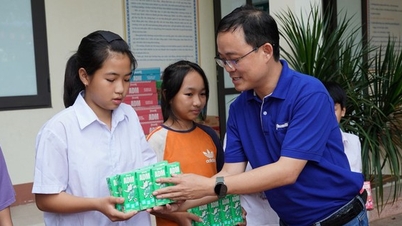

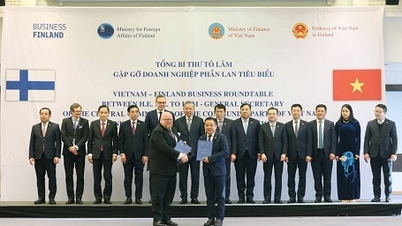

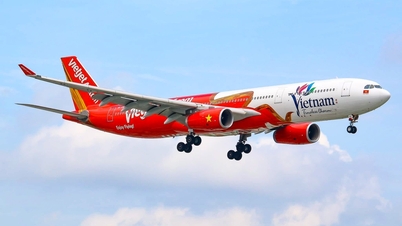
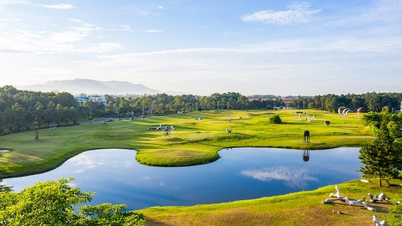










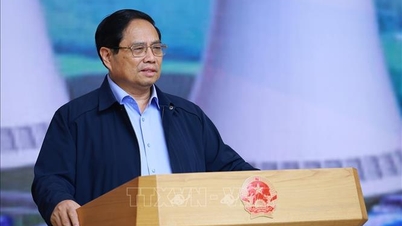
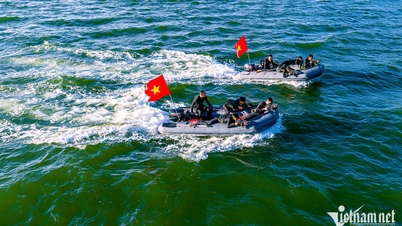
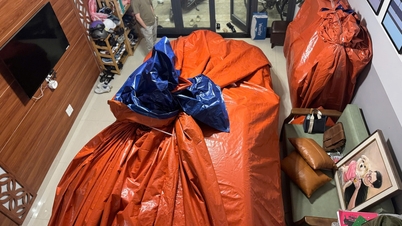
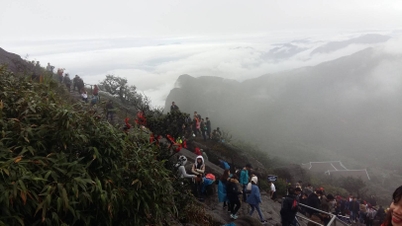

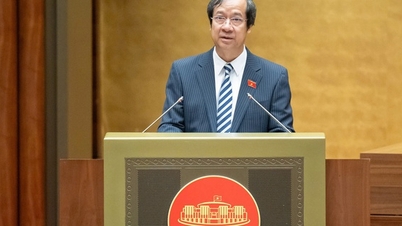

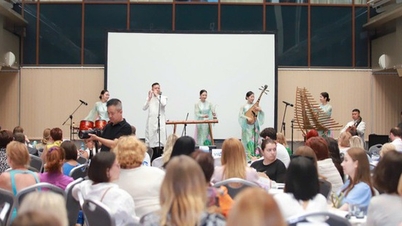
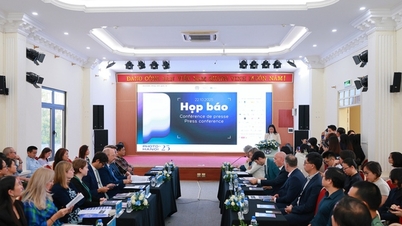
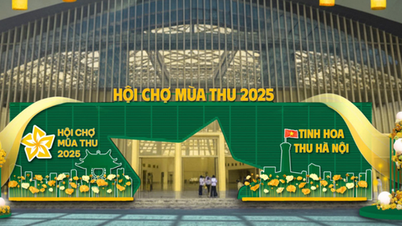
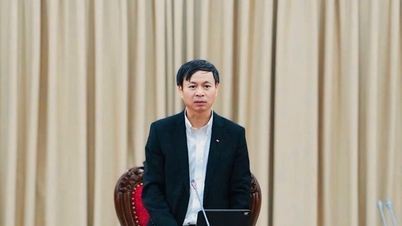

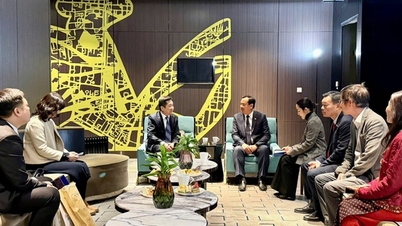
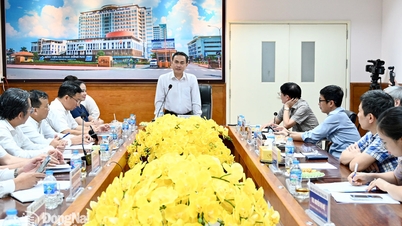
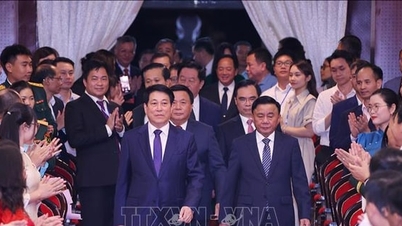
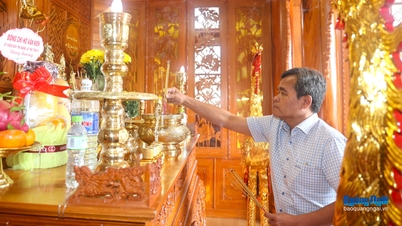









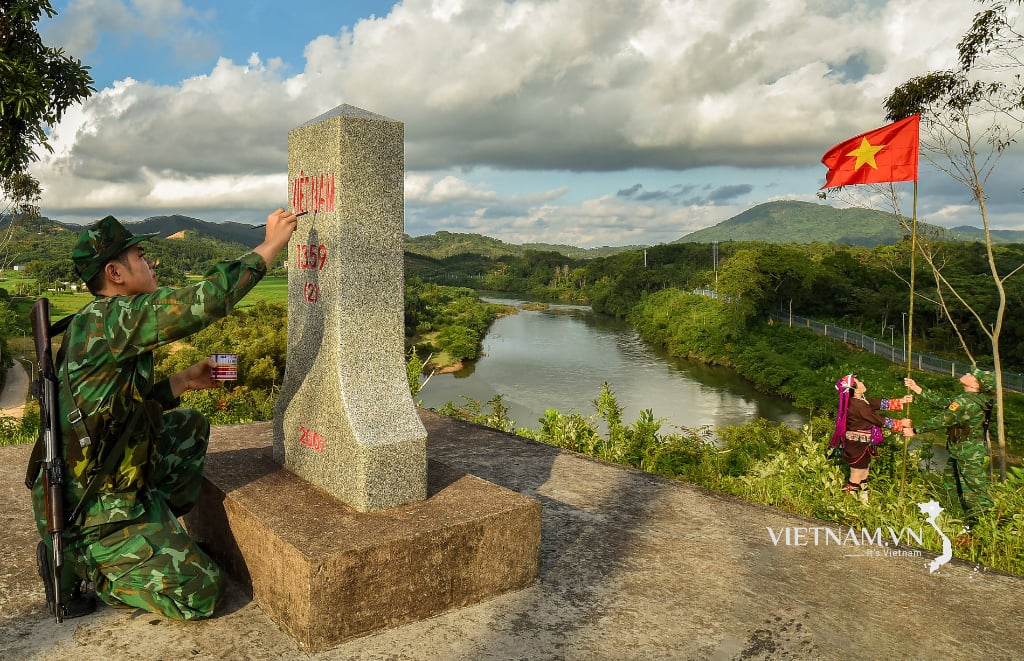



Comment (0)